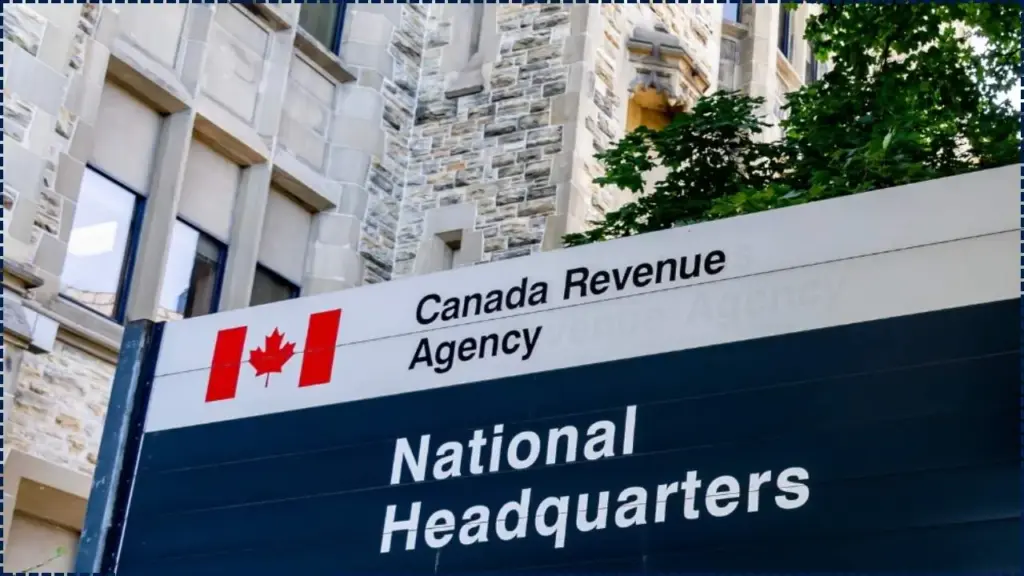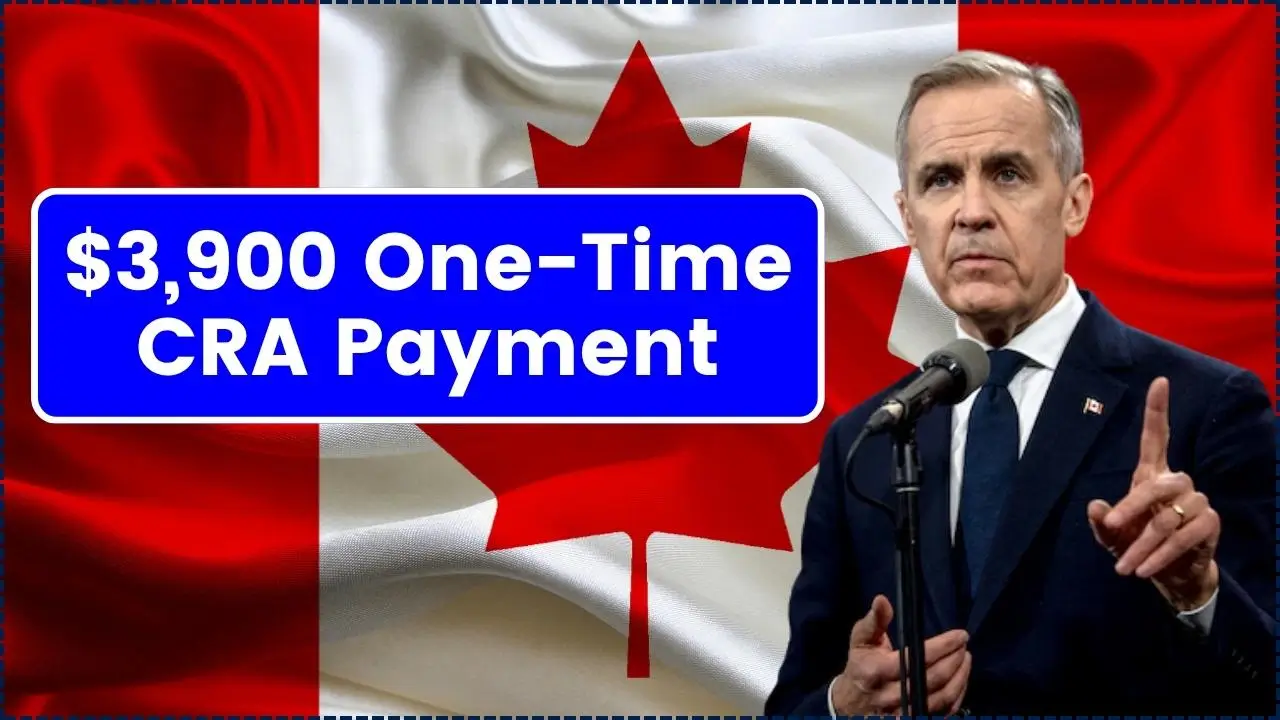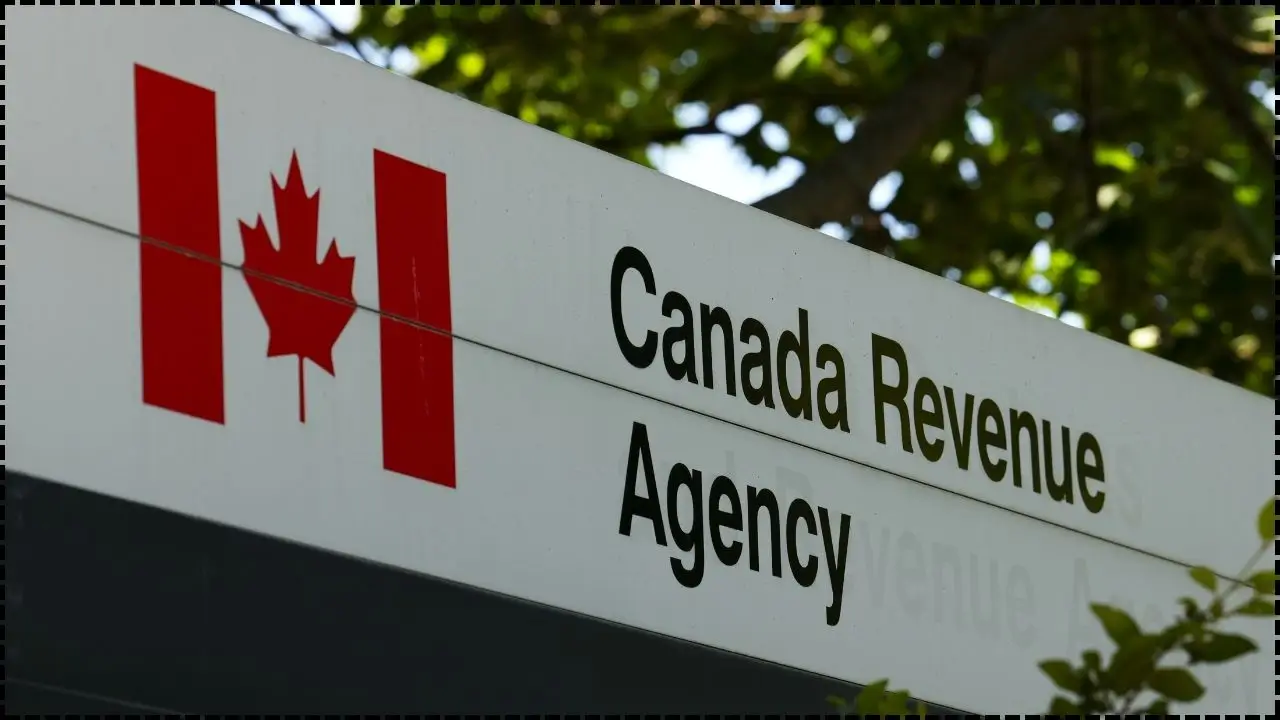The Canada Revenue Agency launch of a day Service Improvement Plan, running from September
to December
, is a direct and compassionate response to the human impact of service delays experienced by Canadian citizens and benefit recipients. This initiative moves beyond bureaucratic fixes to focus on dignity and respect, aiming to deliver the quality support every Canadian deserves by significantly reducing wait times, enhancing service quality, and improving accessibility.

By committing to these immediate, decisive actions, the is actively working to alleviate the anxiety and frustration of individuals and families, thereby ensuring that taxpayers and those relying on essential benefits can receive timely assistance and a vastly better overall experience.
Key Objectives of the 100-Day Plan
The CRA’s plan focuses on addressing common taxpayer complaints, primarily long wait times on calls and slow processing of requests. The initiative is designed to meet public demands for more responsive and efficient service, particularly during tax seasons and other peak periods.
Increased Call Centre Capacity
The CRA’s call centres have been under intense pressure, with taxpayers facing long wait times to speak to a representative. In response, the CRA has significantly increased its call centre capacity by adding more service agents. As part of the plan, the CRA aims to reduce wait times for calls by up to 70%, a considerable improvement from the previous rate of 35% in early July 2025.
Additionally, the CRA is extending its online chat service hours. Starting from September 29, 2025, the CRA’s online chat feature will be available from 8 a.m. to 8 p.m. Eastern Time. This extension aims to provide taxpayers with more accessible channels for support and information .
Expanded Self-Service Features
Another component of the service improvement plan involves expanding the self-service options for taxpayers. Beginning October 20, 2025, the CRA will introduce the “Manage Balance” feature within the “My Account” portal. This feature allows individuals with tax debts exceeding $1,000 to independently manage their accounts. Taxpayers will be able to set up payment arrangements, make payments (either full or partial), and schedule payment plans without needing to call CRA representatives. This will streamline processes and reduce the need for direct contact with CRA agents .
Addressing Service Delays and Processing Backlogs
The CRA is also working to address the root causes of delays in its processing system. Specifically, the agency is reallocating resources to expedite the processing of applications for the Canada Child Benefit (CCB) and tax adjustments. Furthermore, the CRA has created specialized teams to focus on reducing processing delays across different programs, such as T1 tax adjustments. The goal is to improve efficiency and ensure quicker responses to taxpayers’ requests .
Incorporation of New Technology
As part of its modernization efforts, the CRA is also testing new technologies designed to increase service efficiency. This includes the introduction of a new call-scheduling system, which was recommended by the Taxpayers’ Ombudsperson. Additionally, the CRA is experimenting with the use of artificial intelligence and other advanced tools to improve the accuracy and speed of responses to taxpayer inquiries .
Ongoing Oversight
The CRA’s progress during the 100-day period will be closely monitored by the Taxpayers’ Ombudsperson, François Boileau. Boileau has voiced his support for the plan, particularly highlighting the positive aspects of the call-scheduling feature. However, he has also emphasized the importance of addressing the challenges related to training, staffing, and the implementation of new technologies to maintain consistent improvements. The Ombudsperson’s office will continue to provide feedback and ensure the CRA meets its service targets .
Looking Ahead
The CRA remains committed to improving its services by the end of the 100-day period on December 11, 2025. Taxpayers are encouraged to take advantage of the expanded digital services and utilize the self-service tools introduced during this period. The agency has committed to continuing its efforts beyond this timeline to ensure that it remains a reliable and efficient resource for Canadians.
















